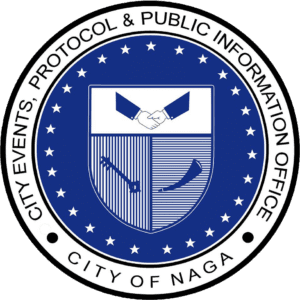
What should Naga, a highly urbanized city, do to reduce its garbage of some 93 tons (average of 42 to 60 dump trucks) every day?
The city government of Naga’s Solid Waste Management Office (SWMO) has adopted a waste diversion strategy to be able to achieve the planned 10-15 percent residual waste. Residual waste materials are the ones left once the recyclable or compostable wastes have been separated.

Engr. Joel Martin, SWMO chief, said that he is expecting that with WACS approach (a contraction for waste analysis and characterization study) the city’s waste diversion effort will further be improved as more waste will be properly identified for recycling and composting.
WACS serves as a tool to identify constituent materials, which comprise solid waste generated and disposed of within an area. It identifies constituent materials by volume, percentage in weight or its volumetric equivalent, material type and source of generation, which includes residential, commercial, industrial and institutional.
“Thru WACS we can be able to determine and analyze the component of waste that increases and decreases, an important thing to consider in the implementation of our waste diversion project,” Martin said.
At present, the SWMO is engaged in the conversion of residual plastic into liquid fuel as part of the strategy to reduce waste resources being dumped into the sanitary landfill.
There are three more initiatives being undertaken by SWMO as part of its diversion project:
- Conversion of biodegradable waste into compost like food-waste;
- Conversion of coco fiber into charcoal or rope which is being placed on top of the landfill as anti-erosion engineering; and
- Manufacturing of hollow blocks contained with shredded plastic which can be used in the construction of horizontal structures
Martin said the LGU, in partnership with Central Bicol State University of Agriculture (CBSUA) has begun to explore the possibility of manufacturing tiles made of plastic and other waste materials designed for outdoor use.
In an interview, Mayor Nelson Legacion said the waste diversion project is also being undertaken in anticipation of the days to come when business operations in the city, which were affected by the pandemic, will become vibrant again.
“We can expect to double the volume of our waste by the time Covid-19 ends due to the presence also of new businesses,” he said.
The SWMO, which continues to improve its mining of recyclable waste resources, has called on the Nagueño to constantly practice the segregation-at-source approach.
Legacion said that “The best part of segregation at source is that neither it costs us anything nor does it take time. We need only to behave responsibly to achieve the goal of waste segregation. To boost the activity of waste recycling, it is a basic necessity to focus on waste segregation that helps to identify the degradable and non-biodegradable components of the waste.”
The SWMO has 359 environment watch volunteers in the city’s 27 barangays who assist in the collection and sorting of recyclable waste.
